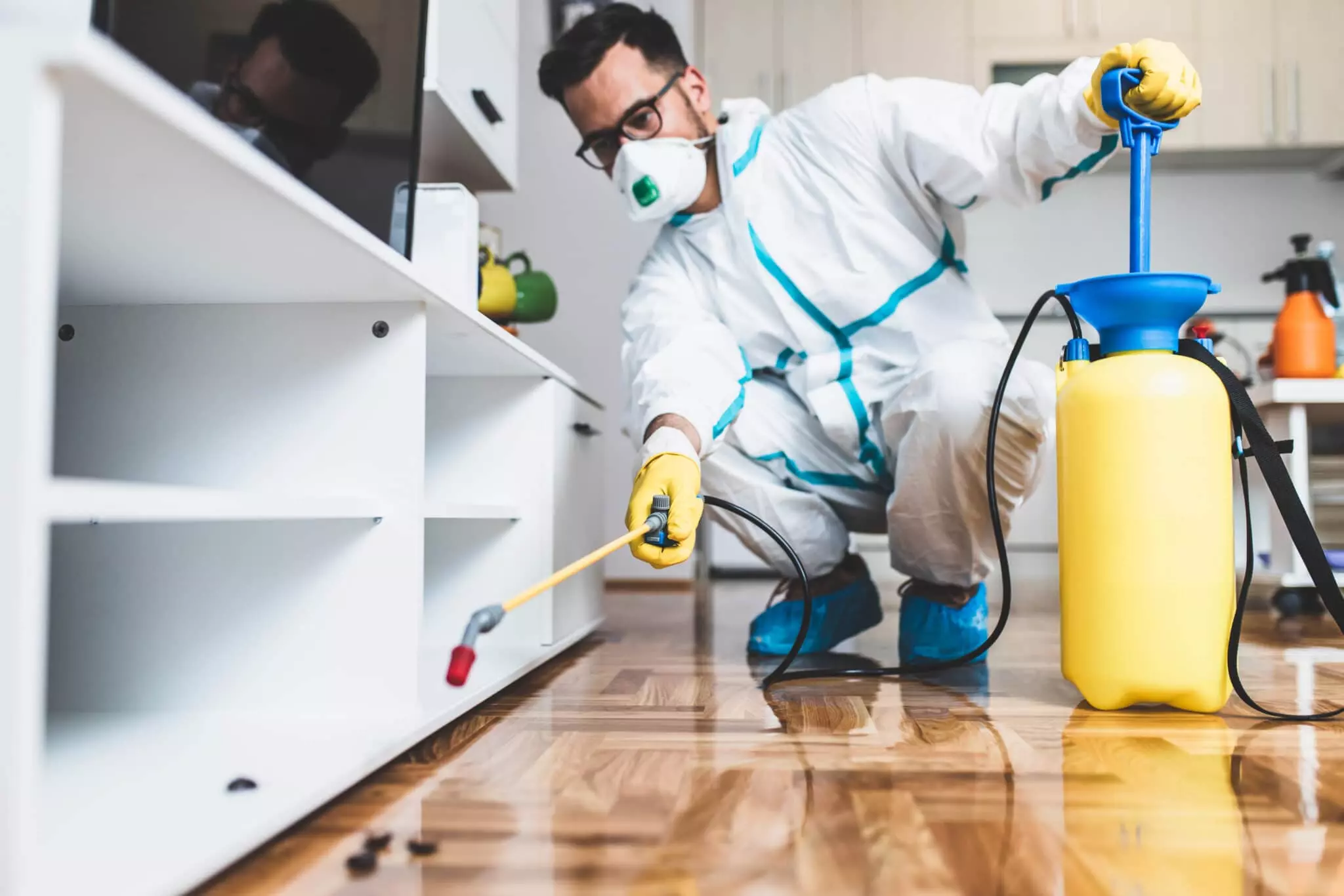Top Quality A1 Pest Control Services Charlotte - Shield Your Home
Wiki Article
Bed Bug Treatment Failure: Comparing Chemical Vs. Non-Chemical Solutions
In the world of parasite control, specifically when taking care of the persistent concern of bed bugs, the option in between chemical and non-chemical therapy solutions can be an essential one. Both strategies offer distinct advantages and disadvantages, affecting factors such as effectiveness, safety and security considerations, and overall cost. By taking a look at the nuanced information of each method, a clearer understanding of which path to pursue in dealing with a bed pest problem can be achieved.Efficiency of Chemical Treatments
Chemical therapies for bed pest invasions have been extensively recognized for their potent and quick effectiveness in getting rid of these bugs. When thinking about the effectiveness of chemical therapies, it is vital to comprehend that they can offer a fast and extensive option to a bed insect issue.Moreover, chemical therapies have the advantage of supplying residual results, suggesting that they can remain to eliminate bed insects also after the preliminary application. This residual activity is particularly valuable in combating any type of potential re-infestations. In addition, the quick action of chemical therapies can bring relief to individuals encountering serious bed pest infestations, enabling them to regain control of their home rapidly.
Safety Worry About Chemical Solutions
When making use of chemical solutions for bed bug treatment is guaranteeing the safety of occupants and the environment,One vital facet that needs cautious factor to consider. While chemical therapies can be reliable in removing bed insects, they may present dangers if not dealt with properly. Among the key security issues with chemical services is the potential harm they can trigger to human health. Direct exposure to particular chemicals utilized in bed insect treatments can result in respiratory issues, skin inflammation, or various other unfavorable reactions, specifically in individuals with pre-existing conditions or sensitivities. Additionally, inappropriate application or dosage of chemical pesticides can result in hazardous deposits lingering in the cured area, posing long-term wellness dangers to occupants.Furthermore, the ecological impact of chemical options is an additional considerable factor to consider. Some pesticides utilized in bed pest therapies may be harmful to helpful insects, wildlife, and environments if they leach into the dirt or water supply. It is necessary to use chemical treatments deliberately, following security guidelines, and taking into consideration less hazardous choices to mitigate these threats and guarantee the effective and safe management of bed insect infestations.
Benefits of Non-Chemical Techniques
Considering the possible security worries and ecological influence linked with chemical solutions for bed bug treatment, exploring non-chemical methods presents an appealing option with a number of unique advantages. Non-chemical methods use a much safer choice for homes, specifically those with youngsters, people, or animals conscious rough chemicals. These strategies remove the risks of exposure to poisonous materials, minimizing the possibility for damaging wellness impacts. Additionally, non-chemical treatments are eco-friendly, as they do not contribute to air or water air pollution, making them a lasting choice for bug control.Furthermore, non-chemical services can be reliable in targeting bed pests, including hard-to-reach locations where chemical treatments might not penetrate. Methods such as warmth treatment, vacuuming, heavy steam cleaning, and cushion coverings offer extensive removal without the usage of harmful chemicals. In addition, non-chemical methods can be much less turbulent, calling for marginal preparation and permitting quicker reentry right into dealt with areas. On the whole, going with non-chemical bed bug treatment methods not just prioritizes security and environmental management but likewise ensures effective and thorough pest control.
Limitations of Non-Chemical Treatments

Additionally, non-chemical treatments frequently call for several applications to attain effective removal. This can be taxing and may not constantly guarantee total removal of all bed pests and their eggs, especially in concealed or hard-to-reach areas.
In addition, the success of non-chemical treatments heavily relies upon proper application and thoroughness, which can be testing for people without specialist competence. Poor application of non-chemical methods may result in incomplete eradication, causing consistent problems and the demand for added treatments.
Therefore, while non-chemical treatments have their advantages, it is important to acknowledge these limitations and consider them when establishing one of the most effective approach for managing bed pest infestations.
Expense Comparison: Chemical Vs. Non-Chemical Options
Given the restrictions associated with non-chemical treatments, an important facet to evaluate in the context of bed pest management is the expense contrast between chemical and non-chemical choices. In contrast, non-chemical therapies like warmth treatment or heavy steam can be extra expensive, with expenses ranging from $1,000 to $6,000 for a whole home. While the preliminary price of chemical treatments might seem lower, several therapies might be needed to totally eradicate the invasion, possibly raising the overall expense.Verdict

Taking into consideration the possible safety issues and ecological effect connected with chemical remedies for bed bug treatment, checking out non-chemical approaches provides an appealing choice with numerous distinct benefits.Offered the restrictions connected with non-chemical therapies, an important element to examine in the context of bed bug administration is the expense contrast in between chemical and non-chemical alternatives. In contrast, non-chemical treatments like warm treatment or heavy steam can be a lot more costly, with costs ranging from $1,000 to $6,000 for an entire home. While the initial click this site cost of chemical treatments may seem lower, multiple treatments might be called for to totally eliminate the invasion, potentially enhancing the overall cost.In conclusion, when comparing chemical and non-chemical bed bug treatment alternatives, it is vital to think about performance, safety and security, advantages, restrictions, and expense.
Report this wiki page